- Best Quality Beds & Mattresess At Affordable Price!
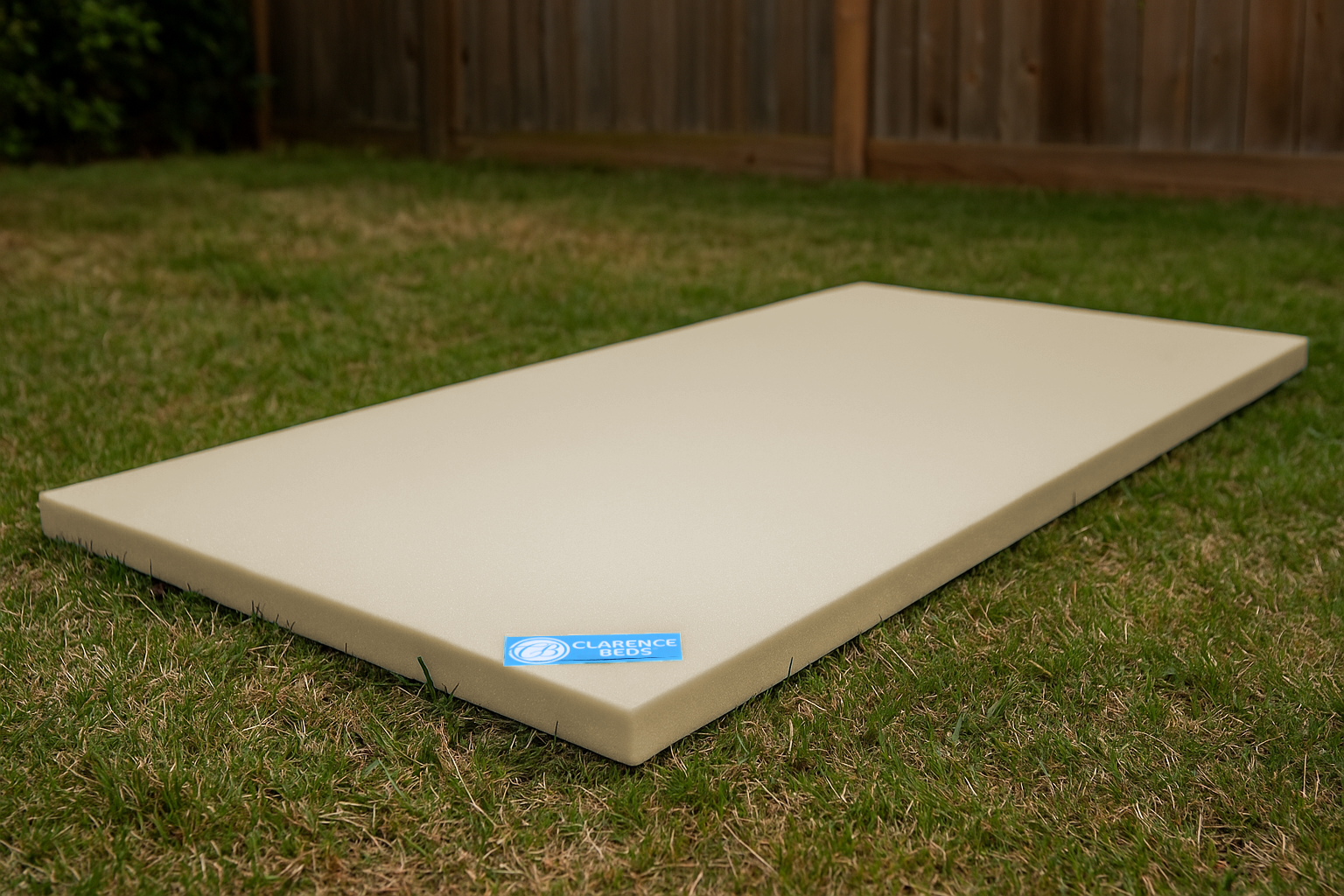
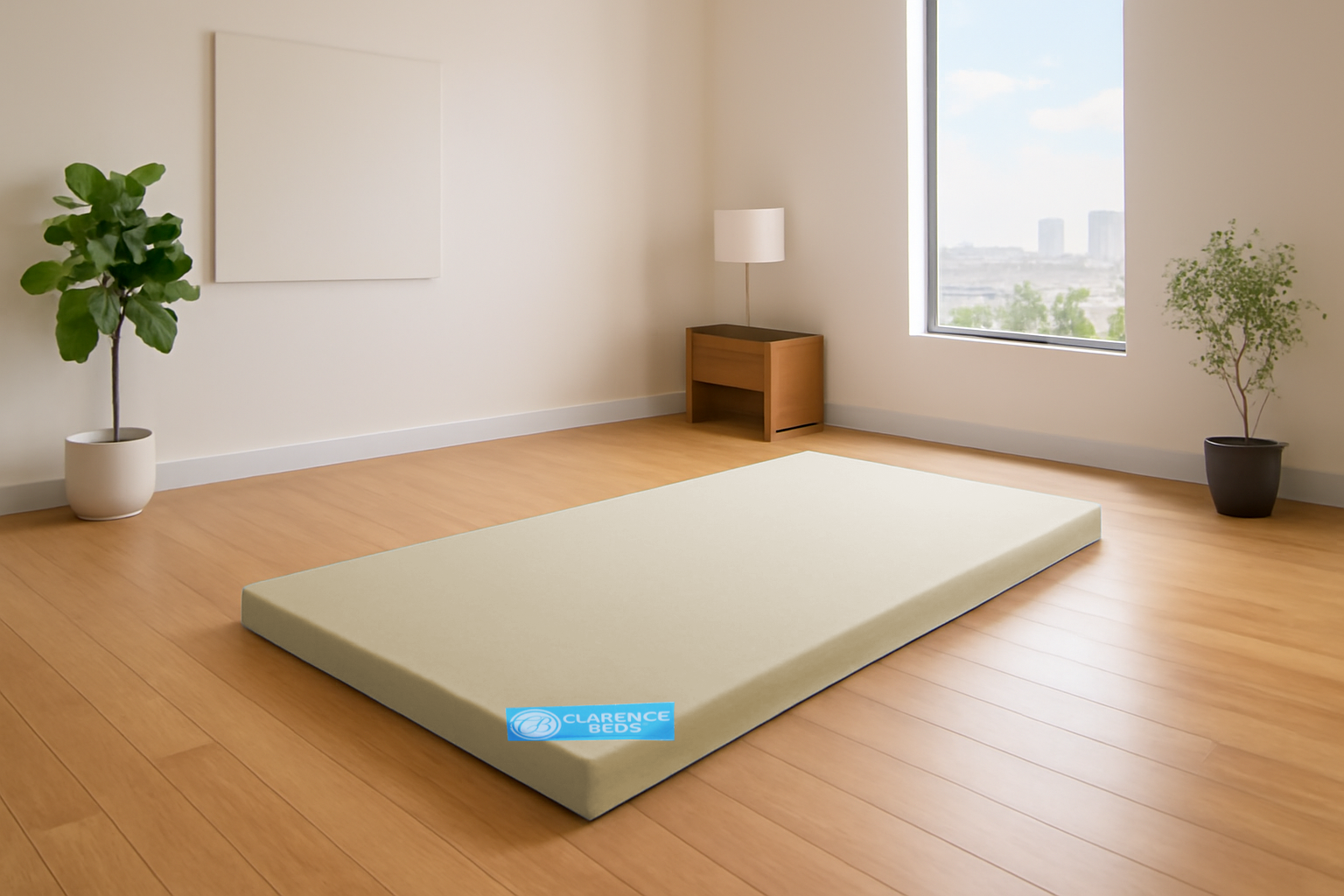
Many things, including mattresses, are ignored whenever you decide to deep clean your household. However, considering you spend most of your time lying on them and releasing sweat, fats, and saliva, mattresses must be prioritised on your cleaning list.
Regular cleaning is crucial for refreshing your mattress to its original splendour, ensuring the maximum return on investment (ROI). When not cleaned and protected regularly, a mattress can accumulate dirt, house dust mites (HDMs), dead skin cells, mould, and various microorganisms. Following a regular cleaning routine can help minimise the build-up of allergens, like dust, in your mattress.
This guide takes you deeper into the multiple steps to clean your mattress and maintain a healthy sleeping atmosphere.
Did you have any idea that an average individual spend about a third of his life in bed? That may sound nice, but thinking about bacteria hiding in your sheets could keep anyone awake. To clean a mattress properly, you should:
Strip all bedding items like pillowcases, mattress covers, etc., then wash them according to their care labels.
Use your vacuum’s upholstery tool to thoroughly clean your mattress, ensuring you reach the sides and seams to eliminate dust and debris.
If stains are present, gently dab them using a cloth that has been soaked in a mild detergent and water solution. It’s best to refrain from soaking the mattress surface.
Apply a thick baking soda layer on the mattress and let it sit overnight or for several hours to enhance cleaning results.
After letting the baking soda soak up odours and moisture, vacuum it again to remove any leftover baking powder for the best results.
If your mattress is reversible, flip it over and clean the other side. Rotating the mattress ensures even general wear and tear.
If feasible, let the mattress air out in a well-ventilated space for a few hours to keep it fresh.
Think about using a mattress protector to maintain cleanliness, prolong your mattress’s life, and enhance your sleep for improved health and comfort.
Note: You can effectively wash your mattresses at temperatures above 60°C to eliminate microorganisms and bacteria.

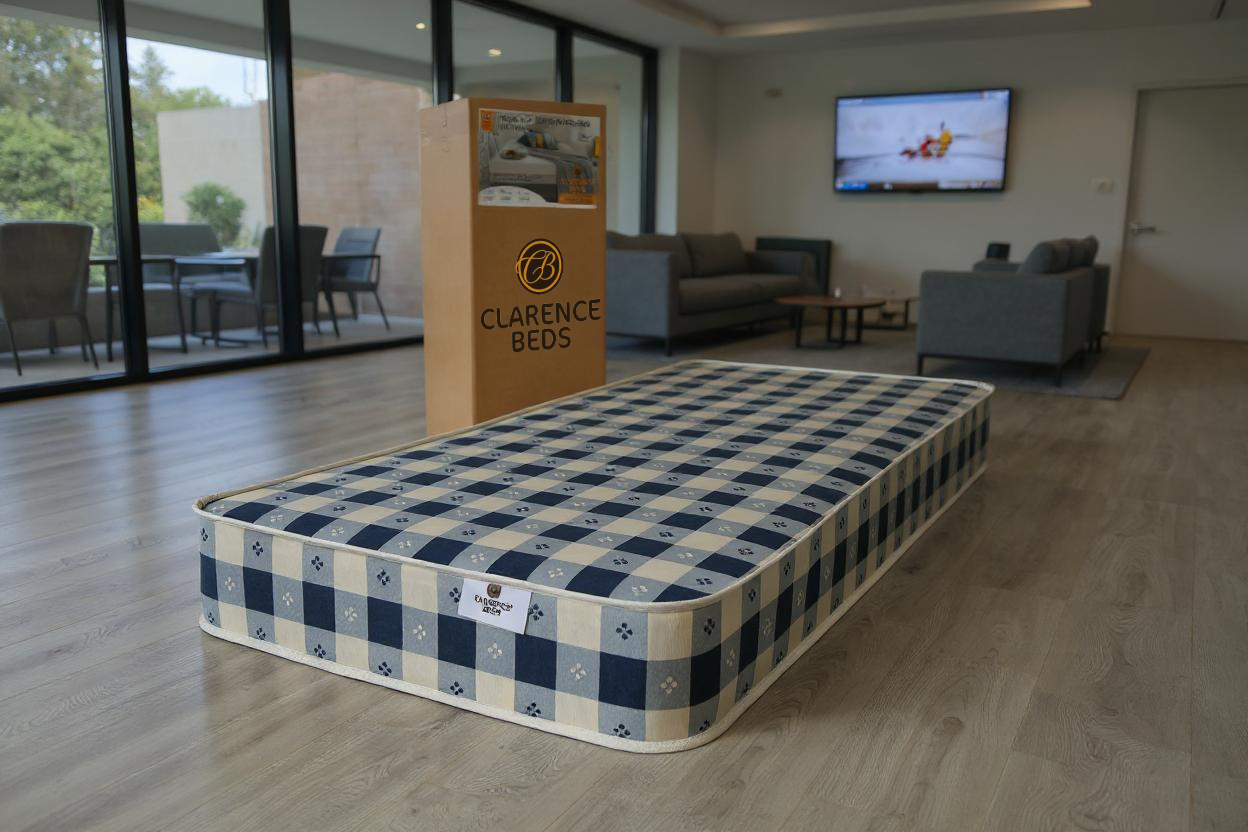
To maintain a clean mattress, regularly vacuum it, use a protective cover, and promptly address spills or stains to ensure hygiene and longevity. Here are some helpful tips for you:
Wash Bedding Regularly: Wash sheets, pillowcases, and mattress covers weekly in hot water to eliminate sweat and germs, ensuring bedding stays fresh and allergens are eliminated.
Vacuum Regularly: Eliminate debris build-up by vacuuming your mattress every six months or more frequently. You can also use the upholstery attachment with low suction to protect the fabric while cleaning.
Instantly Spot Clean Stains: Use a mild soapy water solution to quickly clean spills and stains and a mild cleanser such as white vinegar or baking soda. Dab the area gently to prevent chemical reactions or excessive moisture that could cause mould.
Use a Mattress Protector: A waterproof mattress protector prevents spills, blemishes, and allergens, prolonging the life of mattress and keeping it clean.
Air Out the Mattress: Daily airing evaporates moisture, keeping the mattress moisture-free and free from smells. Open the bedding for at least 20 minutes daily to air out.
Turn & Rotate: If your mattress manufacturer recommends it, turn the mattress around and flip it regularly. This helps spread out wear evenly, so all parts get a chance to rest.
Deodorise: Sprinkle baking soda on the mattress and leave it to soak up scents. Afterwards, vacuum it to refresh the mattress with a pleasant scent.
Consider a Mattress Topper: A mattress topper provides extra cosiness and safeguards your mattress. Investing in a good topper can enhance your sleep quality and help preserve the condition of your mattress.
Avoid Eating and Drinking in Bed: This helps prevent spills and crumbs from settling into the mattress. Avoiding food and drinks in bed reduces dirt and stains, preventing long-term issues.
Limit Pets on the Bed: Pets can bring dirt and allergens into your sleeping area. Restricting pet access can considerably decrease the fur and dander settling in your mattress.
Keep the Bedroom Cool: A cooler atmosphere can help lessen moisture build-up in the bedroom. Maintaining a pleasant temperature also promotes a better overall sleeping environment.
Professional Cleaning: To clean your mattress, consider getting an expert to clean it twice a year. A team of qualified pros can reduce dirt and pollen that regular cleaning may overlook.
Generally, you should replace your mattress once every 6 to 8 years. However, the expected life of a mattress is based on its material, quality, usage, and maintenance. Some quality mattresses, made from premium materials, can last up to 10 years, but others need replacement sooner. There are a few signs that indicate when to replace your mattress.
Aches and pains: Stiffness, back pain, or joint pain upon waking up could indicate that your mattress no longer provides sufficient support.
Difficulty sleeping: If you toss, turn, or wake up frequently, it might be time for a new mattress.
Visible deterioration: Sagging, lumps, or dips in the mattress surface are signs of a worn-out mattress.
Allergies or asthma: If your allergies or asthma symptoms worsen at night, your mattress may harbour allergens.
Unpleasant odours: Stubborn smells despite cleaning could point to a build-up of sweat, bacteria, or mould.
By recognising these signs, you can determine when to replace your mattress and ensure you get the sleep you need.
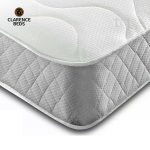





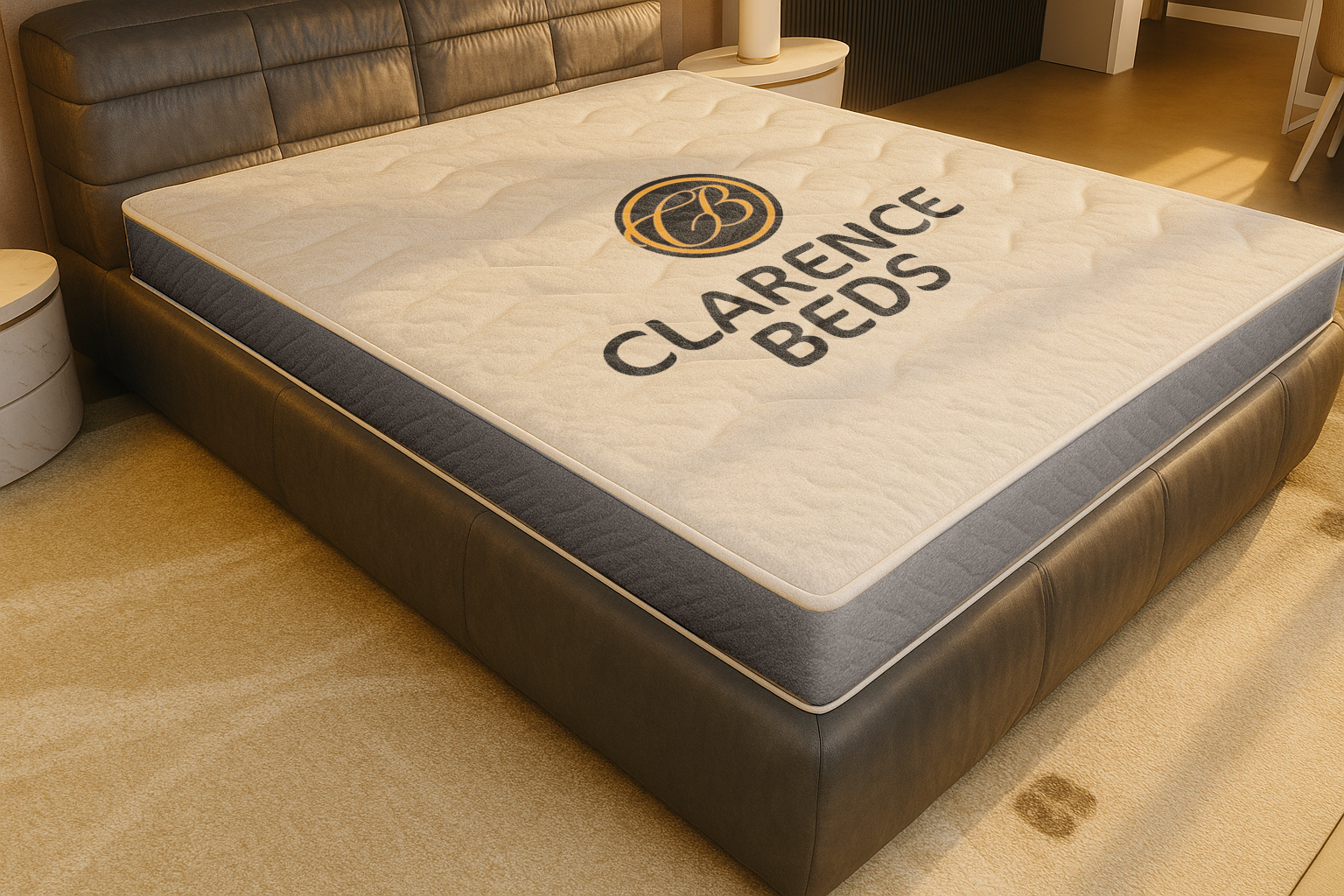
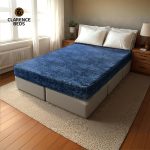


| Feet & inches | Common reference | Measurement in Centimetres | |
| Width (cm) | Length (cm) | ||
| 2FT6 | Short Single | 75 | 175 |
| 2FT6 | Small Single | 75 | 190 |
| 3FT | Single | 90 | 190 |
| 4FT | Small Double | 120 | 190 |
| 4FT6 | Double | 135 | 190 |
| 5FT | King | 150 | 200 |
| 6FT | Super King | 180 | 200 |
| Please note: measurements are close approximations only | |||